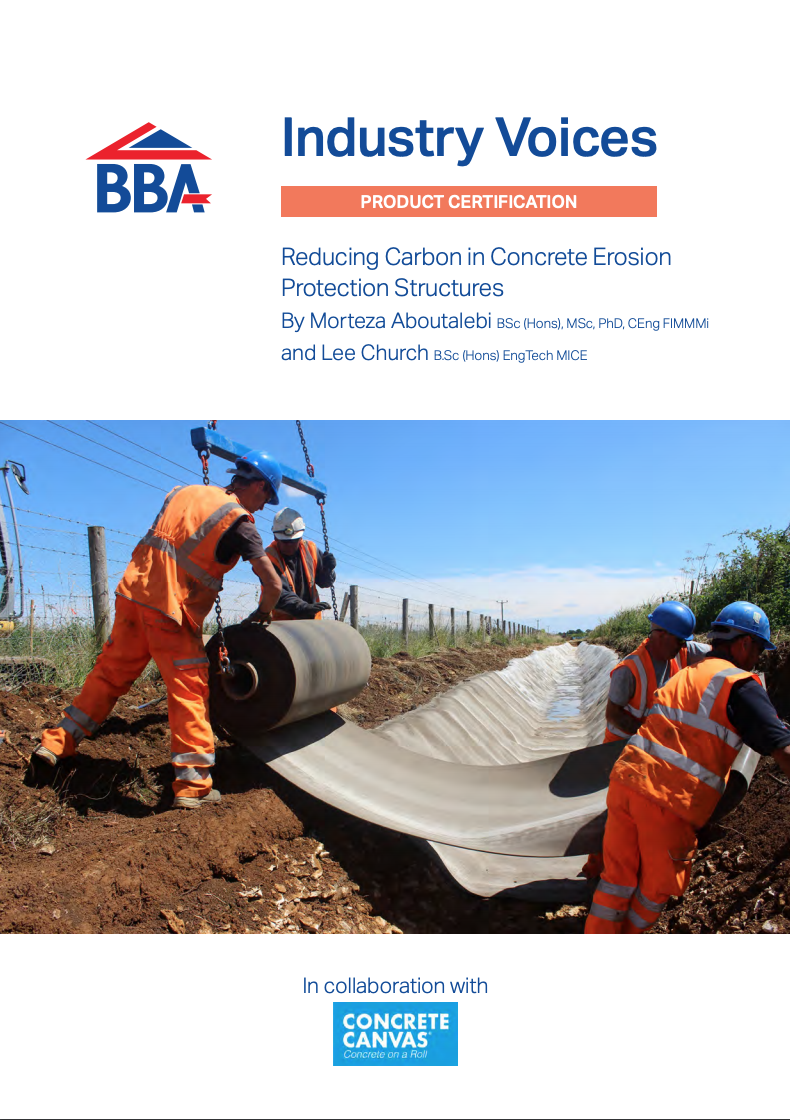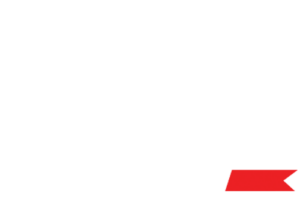In every environment, there exists a degree of poor performance, mediocrity, and then that level that sets the bar for everyone else to measure what ‘good’ looks like.
In the construction landscape, standards help to develop and establish improved quality as a guide towards compliance to building regulations, and in the world of the BBA, set the bar for quality for the products that are being manufactured and used – consistently.
But when it comes to high standards and quality, this isn’t just apparent within the Construction world – this happens across thousands of industries, across thousands of sectors, across thousands of job roles.
Take Michelin Star(s) as an example…
The Michelin Star concept was born out of innovation.
In the early 1900’s Michelin Tyre founders, Andre Michelin, and his brother Edouard Michelin, aspired to create a demand for automobiles, which consequently meant using their tyre products. They created a Michlin Guide, a go to guide for residents of France, which included lists of restaurants hotels and even gas stations routes, all to increase the demand for automobiles – and tyres!
With their clever business model in place, it wasn’t till the late 1920’s that they decide to increase the quality of the guide, and began to award restaurants with little stars, if deemed of high quality – which we know today as the Michelin Star system. Unlike other scoring systems, 1 Star is not a bad thing – all three ratings are a great accomplishment.
Each star represents
1 Star: A very good restaurant in its category.
2 Stars: Excellent cooking, worth a detour.
3 Stars: Exceptional cuisine, worth a special journey.
So, what does this have to do with standards and quality within Construction?
Well, a Michelin Star rating is a rare accomplishment to organisations, and to achieve one, two or even three, is a huge achievement, representing a sign of high quality; a differentiation in terms of approach and belief in what excellence looks like. And more so, a commitment to delivering consistent levels of delivery that sets the benchmark for the rest of the industry.
The same can be said for BBA Agrément Certification; proof of an independent verification that verifies whether your product, material or even system does what it says – against regulatory and industry standards.
However, as with most marks of excellence, quality levels can just as easily drop, if you’re not ensuring a continuous commitment to that same excellence, which means, those standards need to be maintained. And, just as with Michelin Stars, BBA Agrément Certifications can also be suspended, or withdrawn, should the certified product, no longer demonstrate compliance against the criteria it was assessed against in the first place.
Share This Story, Choose Your Platform!
Related News
In every environment, there exists a degree of poor performance, mediocrity, and then that level that sets the bar for everyone else to measure what ‘good’ looks like.
In the construction landscape, standards help to develop and establish improved quality as a guide towards compliance to building regulations, and in the world of the BBA, set the bar for quality for the products that are being manufactured and used – consistently.
But when it comes to high standards and quality, this isn’t just apparent within the Construction world – this happens across thousands of industries, across thousands of sectors, across thousands of job roles.
Take Michelin Star(s) as an example…
The Michelin Star concept was born out of innovation.
In the early 1900’s Michelin Tyre founders, Andre Michelin, and his brother Edouard Michelin, aspired to create a demand for automobiles, which consequently meant using their tyre products. They created a Michlin Guide, a go to guide for residents of France, which included lists of restaurants hotels and even gas stations routes, all to increase the demand for automobiles – and tyres!
With their clever business model in place, it wasn’t till the late 1920’s that they decide to increase the quality of the guide, and began to award restaurants with little stars, if deemed of high quality – which we know today as the Michelin Star system. Unlike other scoring systems, 1 Star is not a bad thing – all three ratings are a great accomplishment.
Each star represents
1 Star: A very good restaurant in its category.
2 Stars: Excellent cooking, worth a detour.
3 Stars: Exceptional cuisine, worth a special journey.
So, what does this have to do with standards and quality within Construction?
Well, a Michelin Star rating is a rare accomplishment to organisations, and to achieve one, two or even three, is a huge achievement, representing a sign of high quality; a differentiation in terms of approach and belief in what excellence looks like. And more so, a commitment to delivering consistent levels of delivery that sets the benchmark for the rest of the industry.
The same can be said for BBA Agrément Certification; proof of an independent verification that verifies whether your product, material or even system does what it says – against regulatory and industry standards.
However, as with most marks of excellence, quality levels can just as easily drop, if you’re not ensuring a continuous commitment to that same excellence, which means, those standards need to be maintained. And, just as with Michelin Stars, BBA Agrément Certifications can also be suspended, or withdrawn, should the certified product, no longer demonstrate compliance against the criteria it was assessed against in the first place.
Share This Story, Choose Your Platform!
Related News
Get in touch
Please complete the form below and we will contact you as soon as possible.
To help us to respond to your inquiry as quickly as possible, we have put a handy list of our services below.


